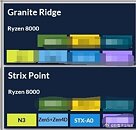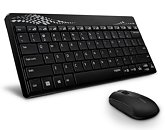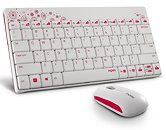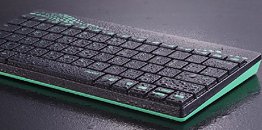
Apacer Unveils NOX RGB DDR5 Gaming Memory for Pro Gamers
Apacer, a global leader in digital storage solutions, today announced the official release of its flagship NOX RGB DDR5 Gaming Memory, specially designed for the world's most demanding gamers and aesthetics. Engineered for unprecedented speed, stability, and stunning visual effects, the NOX RGB DDR5 is the ultimate upgrade for those seeking top-tier performance.
Peak Performance Redefined
With its overclocking capability reaching up to 8000 MT/s, the NOX RGB DDR5 Gaming Memory is built to deliver cutting-edge performance in the most intense gaming environments. The inclusion of the latest overclocking technologies, such as Intel XMP 3.0 and AMD EXPO, makes it easier than ever for gamers to achieve peak performance with just a single click.
Peak Performance Redefined
With its overclocking capability reaching up to 8000 MT/s, the NOX RGB DDR5 Gaming Memory is built to deliver cutting-edge performance in the most intense gaming environments. The inclusion of the latest overclocking technologies, such as Intel XMP 3.0 and AMD EXPO, makes it easier than ever for gamers to achieve peak performance with just a single click.









































